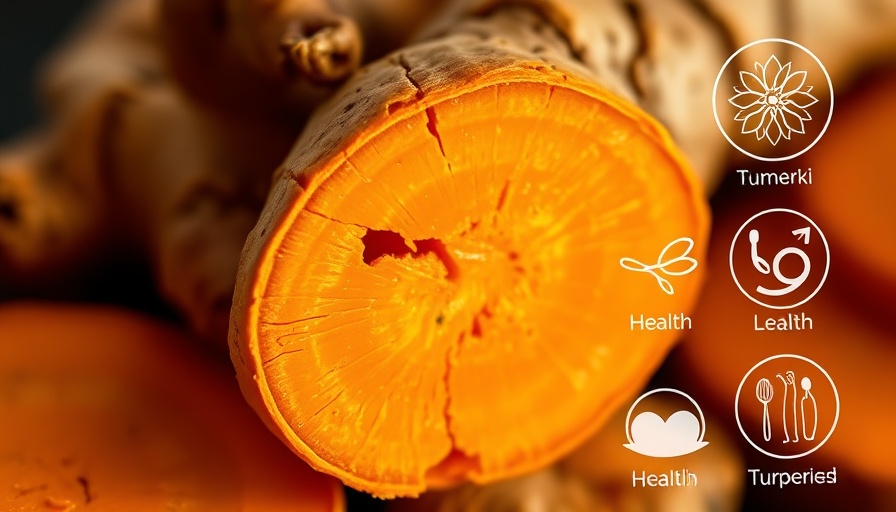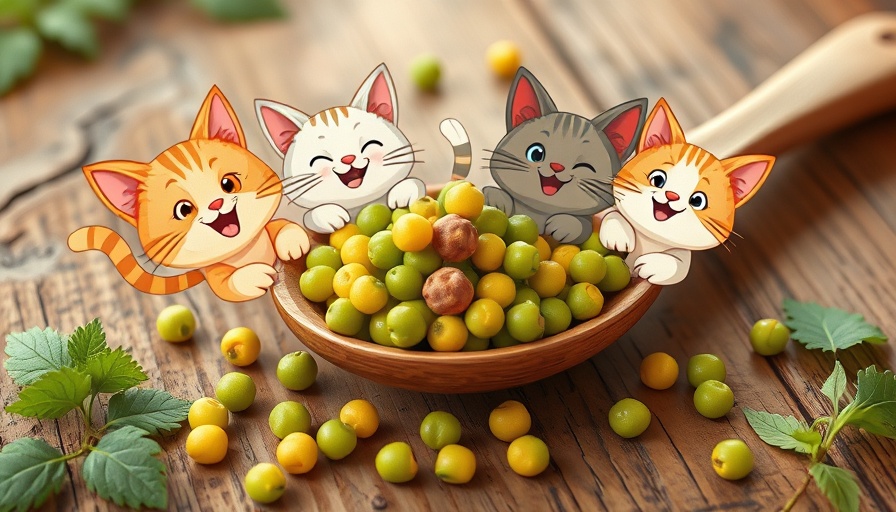
Unleashing the Power of Turmeric: A Natural Wonder for Your Canine Companion
What if the solution to your dog's pain and suffering was in your kitchen spice rack? Turmeric, that vibrant golden spice often seen in curries, is making headlines not just for its culinary uses, but for its remarkable health benefits in dogs. This resilient herb, backed by centuries of traditional medicine, is becoming a go-to natural remedy for chronic pain and other health challenges faced by our beloved pets.
The Science Behind Turmeric's Efficacy
The active compound in turmeric called curcumin lends its impressive anti-inflammatory properties. Research suggests that curcumin may outperform conventional pain medications like ibuprofen, providing relief from joint pain and stiffness that many dogs experience as they age. Unlike standard medications, dogs can benefit from turmeric without the unpleasant side effects commonly seen with pharmaceuticals. This makes turmeric a promising option for pet owners seeking to improve their pups' quality of life.
Turmeric As a Holistic Approach to Pet Health
Beyond pain relief, turmeric has the potential to combat a host of health issues. For instance, it has shown promise in fighting cancer by inhibiting tumor growth and alleviating inflammation. This is particularly beneficial for dogs undergoing chemotherapy, as it may help mitigate some of the treatment's harsh side effects.
But the benefits of turmeric extend even further. Regularly incorporating it in your dog’s diet can support liver detoxification, improve heart health, enhance digestion, and promote healthy skin. A holistic approach often encompasses dietary considerations, and turmeric stands out as a multi-benefit supplement that supports overall wellness from the inside out.
Safe Use and Dosage Guidance
Adding turmeric to your dog's diet may sound appealing, but it's essential to do so safely. While turmeric is generally safe, it's crucial to consult with your veterinarian, especially if your dog has existing health conditions or is on medication. The general guideline is to start with small amounts, gradually increasing the dose while observing your dog's response.
Tips for incorporating turmeric include mixing it with healthy fats (like coconut oil) to enhance absorption and ensure it’s palatable for your dog. Remember, consistency is key — adding it to meals regularly may yield the best results in your pet's health journey.
Embracing Nature's Healing Power
For those of us who cherish the bond we share with our pets, the quest for natural and effective remedies is ongoing. Turmeric’s healing properties illustrate how nature can play a vital role in pet care, offering solutions that can significantly enhance our dogs' lives. Imagine seeing your furry friend active and in less pain, all thanks to something you once considered merely a spice!
As more pet owners turn to holistic health options, turmeric stands out as an incredible ally in the quest for your dog's well-being. Its rich history, coupled with modern scientific validation, makes it a compelling choice worth considering.
Final Thoughts: A Community Effort in Pet Wellness
As we embrace the array of choices available for our pets, sharing experiences and knowledge within our community becomes crucial. Engaging with fellow pet owners about remedies like turmeric can foster collective wellness and understanding of what may work best for our four-legged friends. As you explore holistic options for your pet’s health, consider turmeric and its diverse benefits. Together, we can ensure our pets live their happiest, healthiest lives.
In conclusion, the power of turmeric is not just anecdotal; it is supported by research and thousands of years of use. As you ponder how best to support your furry companions, remember that sometimes, the most effective solutions are things we already have at home.
 Add Row
Add Row  Add
Add 




Write A Comment